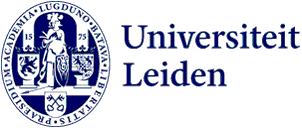
ESA grant to improve the Earth's 'digital twin'
Global warming, deforestation, nature conservation. All major environmental challenges that call for major measures. To see what the effects of these measures are, observation data from the Earth is used. Researchers at LIACS receive €90,000 from the European Space Agency (ESA). With this they are investigating how they can use automated machine learning to build better models with observation data from the earth.
A digital twin of the Earth
Laurens Arp, Mitra Baratchi and Holger Hoos are working with this grant on improving a digital twin of the earth. This is a collection of models that provide a complete picture of the complex environmental processes that interact on earth. These models can simulate the effects of measures against major problems, such as global warming. The models can also predict the future of the earth after these measures have been taken. In this way, the digital twins support decision-making to tackle major problems.
Creating hybrid models
There are two general ways of analysing observational data from the Earth.'There are theory-driven and data-driven models, which complement each other in their abilities and drawbacks. Therefore, we want to investigate how we can combine them into a hybrid model,' explains Mitra Baratchi. 'The aim is to automatically supplement the models created by machine learning with the knowledge we obtain from physical models. In this way, machine learning becomes available to non-machine learning experts and that can remove existing barriers.'
Collaboration
In this project, LIACS researchers are working closely with the European Space Agency (ESA-ESRIN, Phi-Lab) and environmental scientists from Leiden University's Institute of Environmental Sciences (CML), in particular Prof. Peter van Bodegom.
